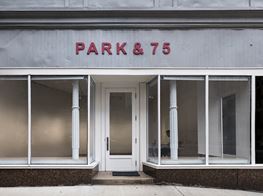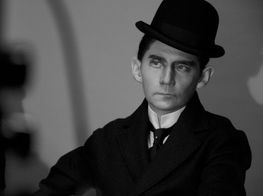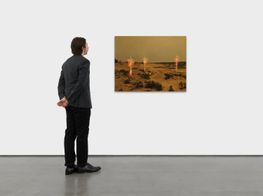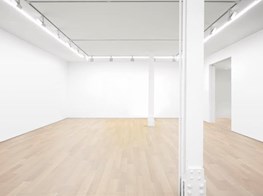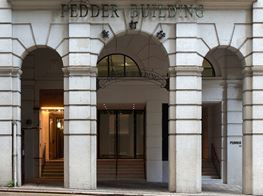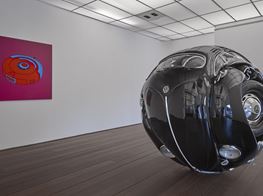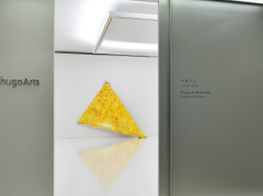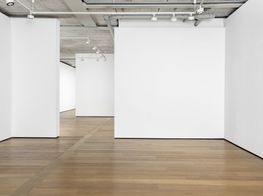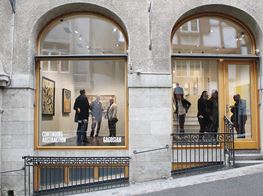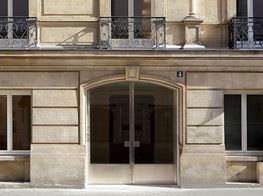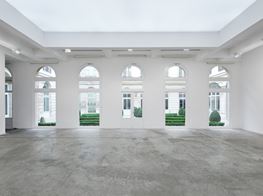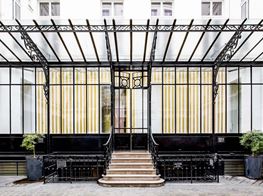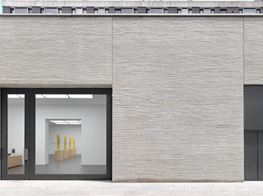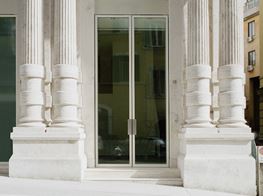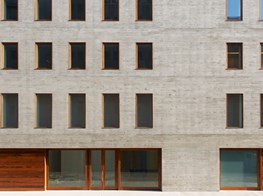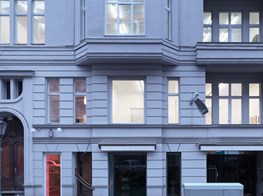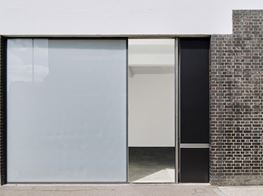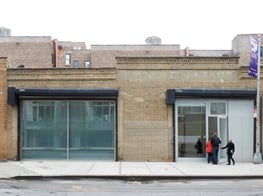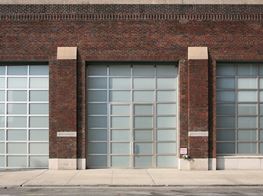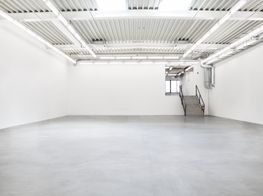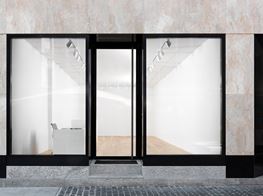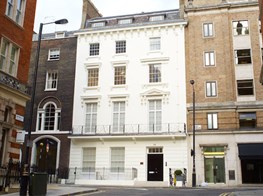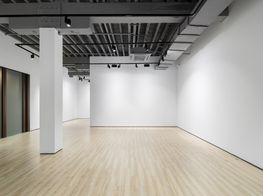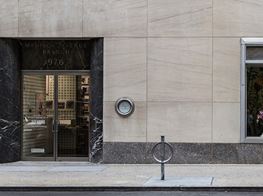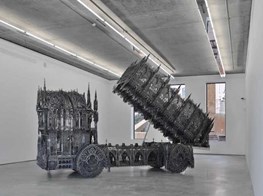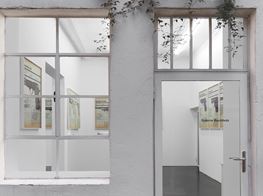Yokohama Triennale 2014 'Art Fahrenheit 451: Sailing Into The Sea Of Oblivion'
At the height of McCarthyism, American writer Ray Bradbury published his dystopian novel Fahrenheit 451 which describes life in a near future where all books are burned on the orders of the state. Extrapolating from the situation of censorship that he felt pervaded 1950s America, Bradbury imagined a fleet of ‘firemen’ who ignite all published material and encourage absolute obedience to the state.
Japanese artist Yasumasa Morimura has taken Fahrenheit 451 as his prompt in directing this year’s Yokohama Triennale. 65 artists/groups, from 19 countries and regions, are participating in this year’s incarnation of the contemporary art triennial, which was inaugurated in 2001 and takes place at Yokohama Museum of Art and several other sites around the city.
Censorship and the control of information by the state have been major concerns in Japan since the March 2011 earthquake and nuclear disaster. In light of this, it seems apt that the first room of the triennale’s exhibition in Yokohama Museum of Art contains works exploring silence. John Cage’s score for his silent composition 4'33 (1953) sits alongside Stanley Brouwn’s nearly blank diagrams made by passers-by, who were supposed to be offering him directions (This way brouwn, 1964). Something also seems missing, and comedic as a consequence, in Marcel Broodthaers’ installation Interview with a Cat (1970). We face two empty chairs and hear the noise of a meowing cat being asked about the state of the art world. The piece feels as if it is taken from an absurdist, dystopian novel, in which the voice of a cat replaces that of an expert and words have given way to nonsensical jest.
Absurdity and the idea of a tension between what is broadcast and what is suppressed are also present in Isa Genzken’s sculpture of a radio made from a concrete block (World Receiver, 2011). The radio is installed in the corner of the gallery as if to remind us of the dangers of expecting too much of media on one hand, and of suppressing freedom of speech on the other.
By using concrete, Genzken takes the radio far from its expected material and function. Elsewhere in the exhibition, another medium’s form has been altered too. Spanish artist Dora García has reprinted two thousand editions of Bradbury’s 'Fahrenheit 451' back to front, and fills a table in the gallery with them (Fahrenheit 451 (1957), 2002). The books can no longer be read in a normal way (though we are invited to pick them up and try). In Bradbury’s novel, members of an underground resistance memorise the contents of certain books, thereby rescuing them from oblivion and subverting the authorities’ wishes. García’s piece perhaps stands as a form of resistance too, the transformation of the novel’s printed text encouraging us to consider issues of accessibility and censorship at stake in media and publishing today.
Censorship runs like a thread through American photographer Taryn Simon’s piece, A Living Man Declared Dead and Other Chapters I–XVIII (2008-11). When exhibited in Beijing in 2013, Simon had to black out some panels of text and photographs that were considered harmful to the Chinese state. These black panels remain part of the piece and are shown in Yokohama too. The piece documents the stories of generations of people belonging to the same bloodlines, including families from Palestine, China, Germany, and Bosnia. When investigating bloodlines in China, Simon encountered significant restrictions and, eventually, the Chinese state itself selected a family deemed appropriate to portray. Some of the most interesting elements in Taryn’s piece are the disruptions to lines of descent that she makes evident through blank spaces where a family member’s photograph should be, or through matter of fact statements printed on a panel beside them. Acts of violence, war fatalities, dengue fever, and a plane hijacking enter the panels’ narratives and divert the bloodlines tracked.
A woman fighting for the Palestinian cause, Leila Khaled, was responsible for the plane hijacking documented in Taryn’s piece, and this aspect leads neatly into a film showing at the other end of the same room of the museum. French artist filmmaker Eric Baudelaire’s feature-length fiction film The Ugly One (2014) is a sequel to a 2011 documentary that he made, which explored the lives of Japanese leftist extremists who joined members of the Palestinian resistance based in Lebanon in the 1970s. Masao Adachi, a celebrated filmmaker has been confined to Japan since his deportation from Lebanon. For the 2011 documentary, Baudelaire shot scenes in present-day Beirut that Adachi requested he film. Starting from this idea, The Ugly One is also based on Adachi’s instructions to Baudelaire, this time delivered in the form of a screenplay and spoken directives. But while Adachi asks Baudelaire to film a passionate love scene, for example, Baudelaire diverges from the ‘script’ and has the characters move apart. The man in the scene ends up clipping his toenails in the bathroom while his lover lies upset in bed. By refusing to fulfil Adachi’s wishes, and by creating scenes charged with failure, Baudelaire comments on the failures and conflicts of interest that mark pro-Palestinian efforts from Adachi’s time to the present.
The failed love scene in The Ugly One is both poignant and playful. Elsewhere too, artists that Morimura calls enfants terribles use humour as a way to subvert dominant discourses. Polish artist Alina Szapocznikow ’s pieces of used chewing gum are photographed in crisp black and white close-up as if they are sculptures exhibited in a museum (Photosculptures, 1971). Humorous subversion is also to be found in the triennale’s film programme, which includes Stan Brakhage and Jonas Mekas’ idiosyncratic and homemade creations. Meanwhile Shinko Pier Exhibition Hall hosts four film documentations of Bas Jan Ader’s 'performances' falling down in public. Fall II, Amsterdam (1970) shows Jan Ader carefully cycling along a canal side before losing his balance and splashing into the water. Each film ends at the moment Jan Ader falls, and the defining characteristic of each is its mischief and disruption of public order.
These playful disruptions encapsulate the triennale's curation and selection. It is no surprise, perhaps, to see Pierre Molinier’s photos of himself in drag also on show in the enfants terribles section, given Morimura’s own career as Cindy Sherman’s male Japanese counterpart and no stranger to drag.
Posing for photographs using multiple identities also features in Lebanese photographer Akram Zaatari’s 2001 film, "Him + Her", showing in Shinko Pier Exhibition Hall. Zaatari co-founded the Arab Image Foundation, an organisation that aims to preserve photographic documents in the Middle East and North Africa. In both his work with the Foundation and his own practice, Zaatari focuses on stories of individuals, as a political mission against dominant historical narratives written by the state. Taking as its starting point a studio portrait by an Armenian-Egyptian photographer, Van Leo, the film traces the story of his photographic career in Cairo. Using a split-screen, Zaatari combines contemporary colour footage with Van Leo’s own black and white photographs from the 1950s. Many of the photographs are self-portraits that Van Leo took dressed in different identities. These images are powerful because they question which identities fitted into the narrative of the Pan-Arab union, being pushed by the Nationalist Egyptian government of the time, and which identities fell uncomfortably outside it.
Like Bradbury’s novel, the triennale sounds the alarm about a rising tide of media scandals and state secrecy laws in Japan and abroad. But it does so indirectly with wit and absurdity, and in this way, as if it is dressing in multiple guises itself, the triennale keeps us looking, reading, and thinking. —[O]

